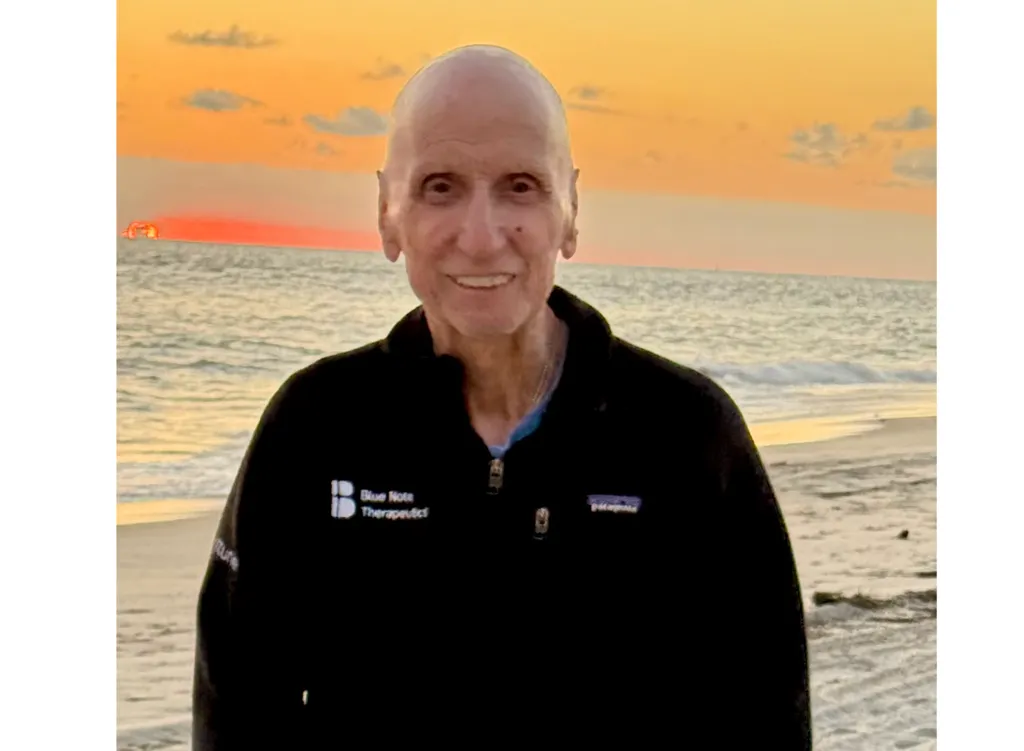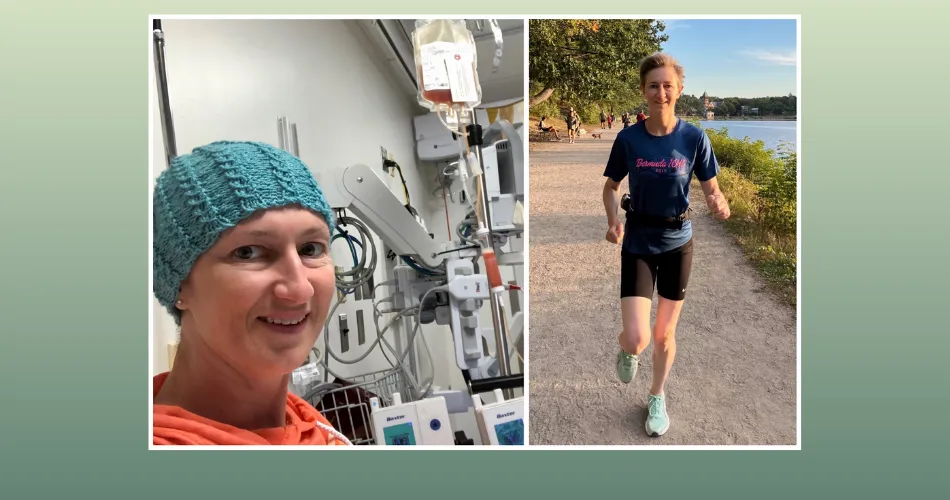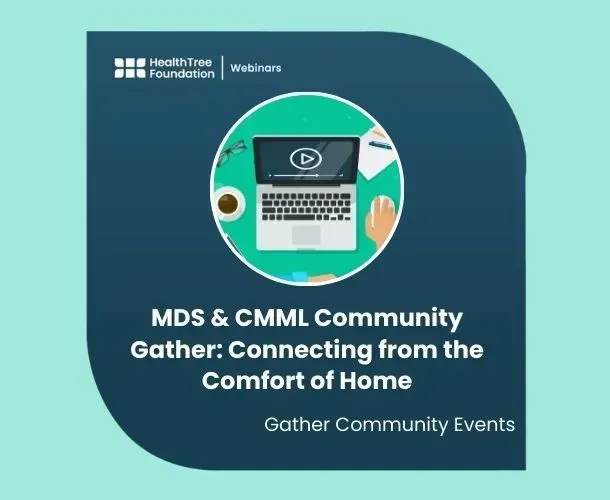What is MRD Testing in AML?

When treating AML, the goal is to achieve as much disease control as possible. Measurable residual disease (MRD) testing is essential in defining this goal. MRD can also be referred to as minimal residual disease. MRD negative means that no disease can be detected. Studies have shown that MRD negative results in longer remission rates and overall survival.
AML is a hard-to-treat blood cancer due to its aggressive progression. “After therapy, chemotherapy-resistant leukemic blasts and leukemic stem cells can remain in the bone marrow. Assessment of the percentage of residual leukemia cells after chemotherapy via multiparameter flow cytometry (MFC) or molecular methods is called MRD.”
MRD testing provides many potential possibilities:
- Selection for clinical trials
- Further therapy treatments
- Early relapse detection
- Intervention in mutation development
- Finding results for specific molecular subsets, test types and treatment timelines
“Detectable disease after treatment is, by definition, refractory therapy-resistant disease. Patients and their doctors generally strongly prefer no evidence of residual cancer.” Typically, AML is already widely spread by the time a diagnosis occurs. MRD testing is vital to see if leukemic activity is present.
Patients who test MRD negative before a stem cell transplant still have a 20%-30% chance of relapse. It is possible that a positive result for MRD can be changed to a negative result based on further treatment via chemotherapy and/or transplant.
“Because the AML MRD test status reflects only the sample that was tested, not the entire patient, false-positive and false-negative results are expected and have multifactorial causes. On an individual patient level, AML MRD test status can help risk-stratify.”
MRD negativity shows that there is no further recurrence of the mutations that were present at the time of diagnosis. This is the optimal post-transplant response. MRD levels can help predict relapse and also survival. Any remaining traces of leukemic cells require further targeted therapy. To determine an MRD negativity, the status is 1 or more leukemia cells out of every 10,000 healthy cells.
“Remission rates in adult AML are inversely related to age, with an expected remission rate of more than 65% for those younger than 60 years. Data suggest that once attained, duration of remission may be shorter in older patients.”
The ultimate goal in treating AML is for a patient to be in complete remission (CR) and be MRD negative. These results are associated with longer remission periods and potentially longer rates of survival.
Want to Learn More About MRD and MRD Testing for AML?
Register for our upcoming adult AML chapter event on 9/14. Dr. Zhang, an AML expert from Stanford will join us to talk all about the basics of MRD and MRD testing for AML.
When treating AML, the goal is to achieve as much disease control as possible. Measurable residual disease (MRD) testing is essential in defining this goal. MRD can also be referred to as minimal residual disease. MRD negative means that no disease can be detected. Studies have shown that MRD negative results in longer remission rates and overall survival.
AML is a hard-to-treat blood cancer due to its aggressive progression. “After therapy, chemotherapy-resistant leukemic blasts and leukemic stem cells can remain in the bone marrow. Assessment of the percentage of residual leukemia cells after chemotherapy via multiparameter flow cytometry (MFC) or molecular methods is called MRD.”
MRD testing provides many potential possibilities:
- Selection for clinical trials
- Further therapy treatments
- Early relapse detection
- Intervention in mutation development
- Finding results for specific molecular subsets, test types and treatment timelines
“Detectable disease after treatment is, by definition, refractory therapy-resistant disease. Patients and their doctors generally strongly prefer no evidence of residual cancer.” Typically, AML is already widely spread by the time a diagnosis occurs. MRD testing is vital to see if leukemic activity is present.
Patients who test MRD negative before a stem cell transplant still have a 20%-30% chance of relapse. It is possible that a positive result for MRD can be changed to a negative result based on further treatment via chemotherapy and/or transplant.
“Because the AML MRD test status reflects only the sample that was tested, not the entire patient, false-positive and false-negative results are expected and have multifactorial causes. On an individual patient level, AML MRD test status can help risk-stratify.”
MRD negativity shows that there is no further recurrence of the mutations that were present at the time of diagnosis. This is the optimal post-transplant response. MRD levels can help predict relapse and also survival. Any remaining traces of leukemic cells require further targeted therapy. To determine an MRD negativity, the status is 1 or more leukemia cells out of every 10,000 healthy cells.
“Remission rates in adult AML are inversely related to age, with an expected remission rate of more than 65% for those younger than 60 years. Data suggest that once attained, duration of remission may be shorter in older patients.”
The ultimate goal in treating AML is for a patient to be in complete remission (CR) and be MRD negative. These results are associated with longer remission periods and potentially longer rates of survival.
Want to Learn More About MRD and MRD Testing for AML?
Register for our upcoming adult AML chapter event on 9/14. Dr. Zhang, an AML expert from Stanford will join us to talk all about the basics of MRD and MRD testing for AML.

about the author
Lisa Foster
Lisa Foster is a mom of 3 daughters and 1 perfect grandchild, a puzzle lover, writer and HealthTree advocate. She believes in the mission of the foundation and the team that builds it forward. She calls Houston, Texas home.
More on Navigating Your Health

Get the Latest Acute Myeloid Leukemia Updates, Delivered to You.
By subscribing to the HealthTree newsletter, you'll receive the latest research, treatment updates, and expert insights to help you navigate your health.
Together we care.
Together we cure.
3x Faster.











